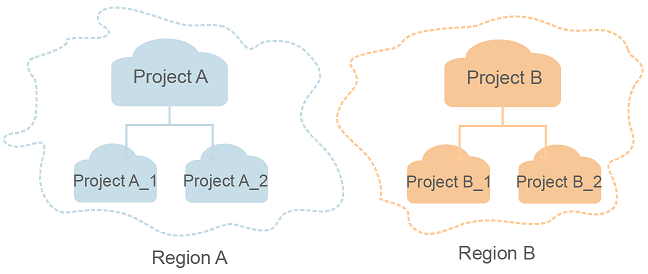Before You Start
Welcome to the Global Accelerator API Reference. Global Accelerator allows your users around the world to access cloud applications faster through public IP addresses and highly reliable, low-latency, and secure networking services.
This document describes how to use application programming interfaces (APIs) to create, query, modify, or delete global accelerators and their related resources. For details about all supported operations, see API Overview.
Before accessing global accelerators by calling APIs, get yourself familiar with Global Accelerator concepts. For details, see Service Overview.
API Calling
Global Accelerator provides Representational State Transfer (REST) APIs that can be called over HTTPS. For details about API calling, see Calling APIs.
Endpoints
An endpoint is the request address for calling an API. Endpoints vary depending on services and regions. For the endpoints of a global accelerator, see Regions and Endpoints.
Constraints
- The number of global accelerators you can create is determined by your quotas. To view or increase the quota, see Constraints in the Global Accelerator User Guide.
- For detailed constraints, see the constraints described in specific APIs.
Concepts
- Account
An account is created upon successful signing up. The account has full access permissions for all of its cloud services and resources. It can be used to reset user passwords and grant user permissions. The account is a payment entity, which should not be used directly to perform routine management. For security purposes, create Identity and Access Management (IAM) users and grant them permissions for routine management.
- User
An IAM user is created by an account in IAM to use cloud services. Each IAM user has its own identity credentials (password and access keys).
API authentication requires information such as the account name, username, and password.
- Region
Regions are divided based on geographical location and network latency. Public services, such as Elastic Cloud Server (ECS), Elastic Volume Service (EVS), Object Storage Service (OBS), Virtual Private Cloud (VPC), Elastic IP (EIP), and Image Management Service (IMS), are shared within the same region. Regions are classified into universal regions and dedicated regions. A universal region provides universal cloud services for common tenants. A dedicated region provides specific services for specific tenants.
For details, see Region and AZ.
- AZ
An AZ comprises of one or more physical data centers equipped with independent ventilation, fire, water, and electricity facilities. Computing, network, storage, and other resources in an AZ are logically divided into multiple clusters. AZs within a region are interconnected using high-speed optical fibers to allow you to build cross-AZ high-availability systems.
- Project
A project corresponds to a region. Default projects are defined to group and physically isolate resources (including computing, storage, and network resources) across regions. Users can be granted permissions in a default project to access all resources under their accounts in the region associated with the project. If you need more refined access control, create subprojects under a default project and create resources in subprojects. Then you can assign users the permissions required to access only the resources in the specific subprojects.
Figure 1 Project isolation model
- Enterprise Project
Enterprise projects group and manage resources across regions. Resources in different enterprise projects are logically isolated. An enterprise project can contain resources of multiple regions, and resources can be added to or removed from enterprise projects.
For details about enterprise projects and about how to obtain enterprise project IDs, see Enterprise Management User Guide.
Feedback
Was this page helpful?
Provide feedbackThank you very much for your feedback. We will continue working to improve the documentation.See the reply and handling status in My Cloud VOC.
For any further questions, feel free to contact us through the chatbot.
Chatbot





